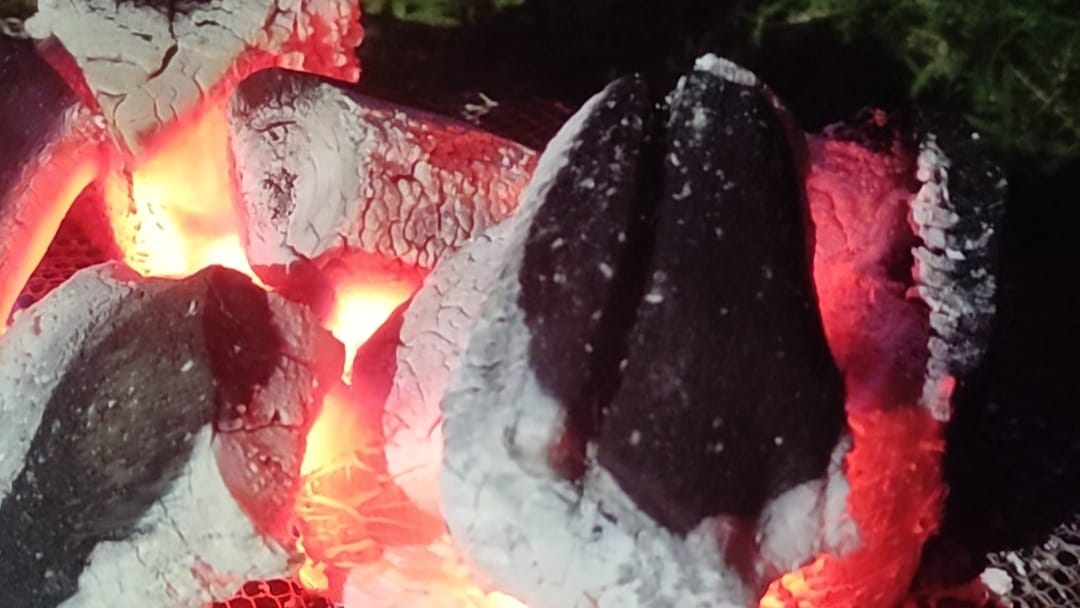
Arang Halaban dari Indonesia: Keunggulan dan Proses Produksinya
Arang Halaban dari Indonesia memiliki reputasi internasional dalam produksi arang berkualitas, salah satunya adalah arang Halaban dari Kalimantan. Halaban adalah
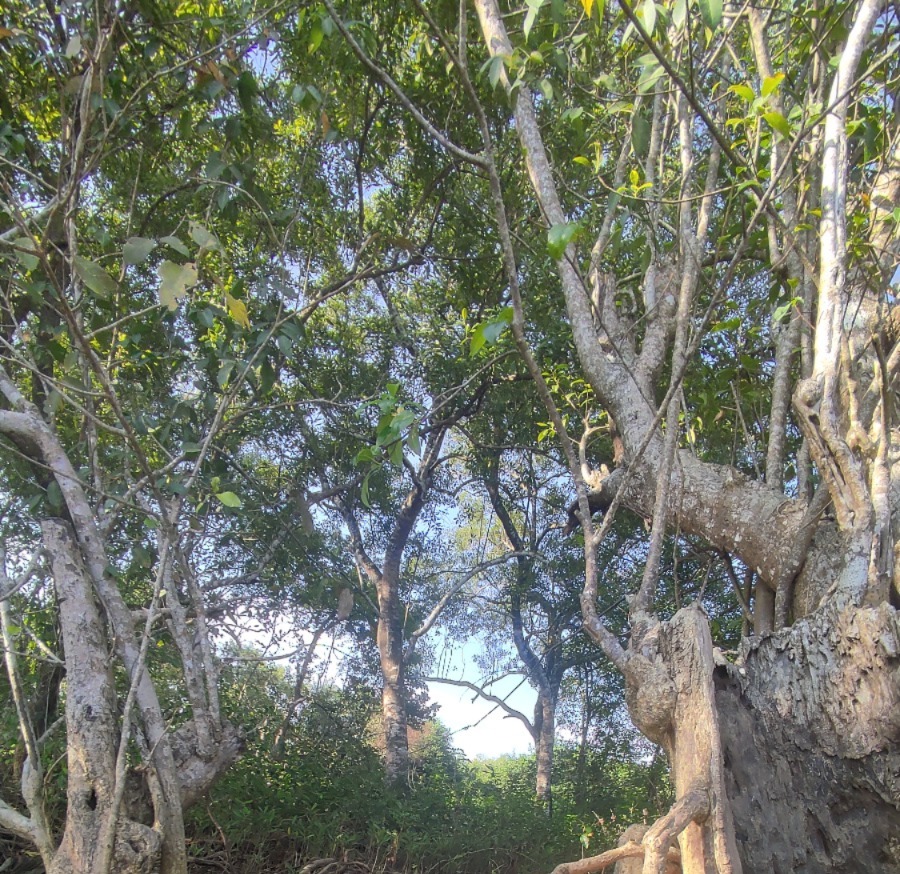
The island of Kalimantan, with its rich biodiversity, offers a variety of plants that have significant medicinal and cultural value. One notable plant from this island is halaban, also known as laban in the Dayak language. This plant has long been an integral part of traditional Kalimantan medicine and has various significant health benefits.
What is Halaban?
Halaban (Vitex pinnata) is a tree from the Lamiaceae family, thriving in tropical Asia, including Kalimantan, Sabah, Sarawak, and other parts of Southeast Asia. This plant is known for its hard and strong wood, as well as leaves that offer numerous medicinal benefits.
Health Benefits of Halaban
Halaban Leaves
Halaban Roots
Halaban Bark
Local Use and Culture
In Kalimantan, particularly among the Dayak community, halaban has long been used as part of traditional medicine. The bark is frequently used as an alternative remedy for various ailments, while the leaves are boiled to produce healing infusions.
In Kotawaringin Timur Regency, halaban wood waste is also utilized to create crafts such as stone mortars and ashtrays, showcasing local skills in transforming natural materials into valuable products.
Sustainability and Preservation
The use of halaban as a herbal medicine not only highlights local wisdom in utilizing natural resources but also emphasizes the importance of preserving this plant. With increased awareness of halaban’s health benefits, it is crucial to ensure that its collection and use are conducted sustainably to avoid damaging Kalimantan’s natural ecosystems.
Conclusion
Halaban is a plant rich in benefits with broad medicinal applications. From its leaves and roots to its bark, every part of this plant significantly contributes to human health and well-being. The people of Kalimantan, with their traditional knowledge, have incorporated halaban into their medicine and culture. With a better understanding of halaban’s benefits, it is hoped that efforts will be made to preserve this plant and raise awareness of the remarkable potential of this traditional Kalimantan plant.


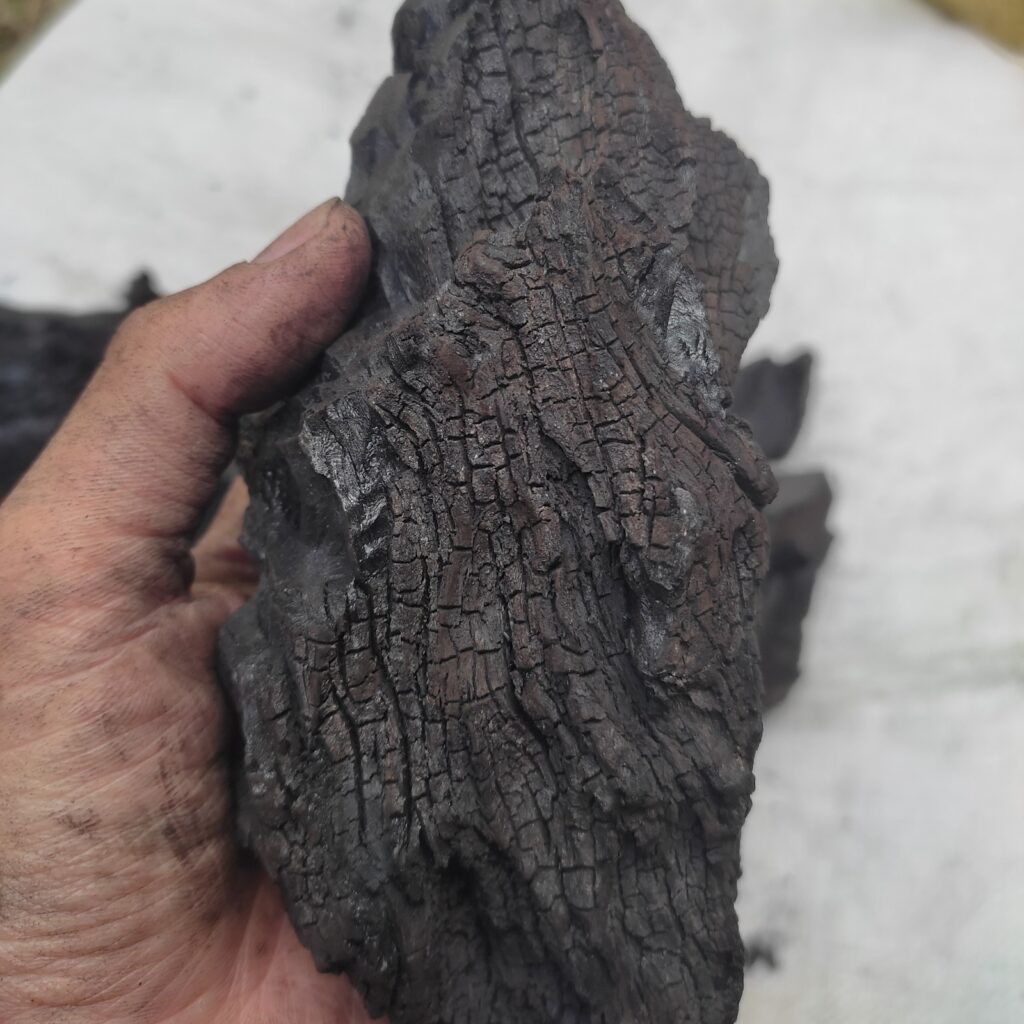



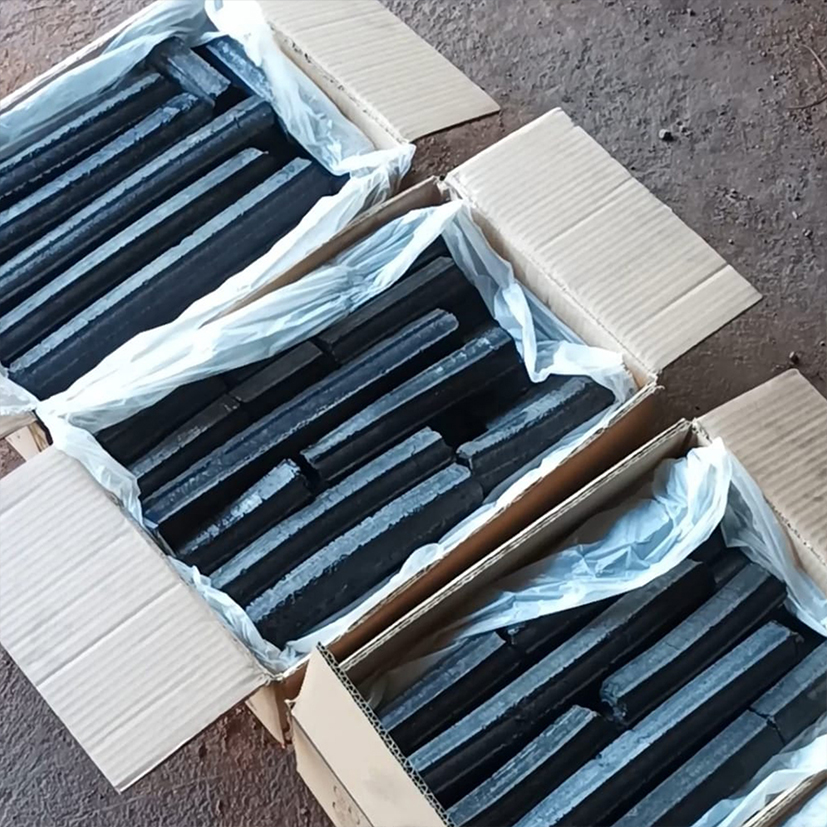

Arang Halaban dari Indonesia memiliki reputasi internasional dalam produksi arang berkualitas, salah satunya adalah arang Halaban dari Kalimantan. Halaban adalah

Why Charcoal from Indonesia has earned a reputation as one of the best products in the global market. With superior

Indonesia has long been known as one of the top producers of high-quality charcoal in the world. Charcoal from Indonesia

Arang dari Indonesia telah lama dikenal sebagai bahan bakar unggulan untuk memasak BBQ. Keunikan dan kualitas tinggi arang Indonesia menjadikannya

Increasing Indonesian Charcoal Exports. has great potential to meet the growing demand of the global market. With superior quality and
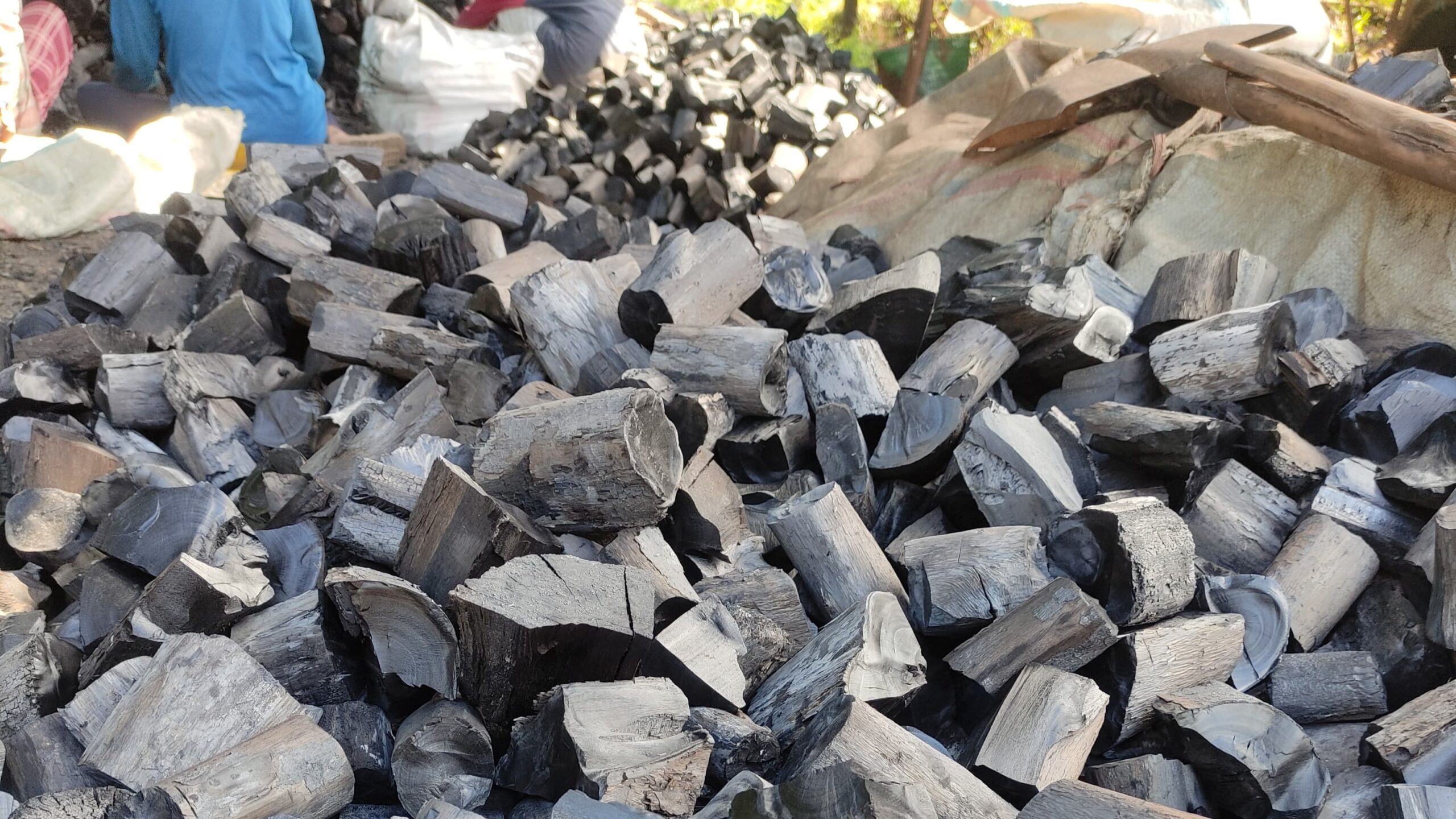
Arang dari Indonesia untuk Kualitas Terbaik. telah menjadi pilihan utama di pasar internasional, terutama bagi bisnis yang mencari bahan bakar
Banua Ekspor Mandiri. Copyright ©2024 All Right Reserved.